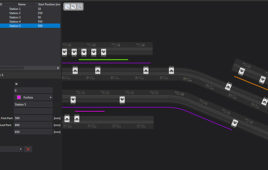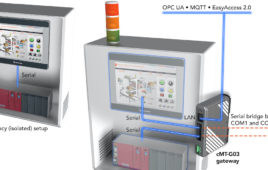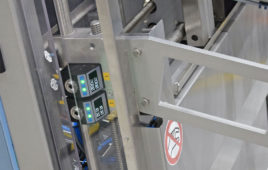That virtual reality (VR) is becoming a more popular, increasingly available medium is widely being acknowledged in media and technology circles. Conferences, such as the Mobile World Congress in Barcelona and the trend-setting SXSW in Austin, offered attendees a chance to have virtual reality experiences, such as virtual roller coaster rides or NASCAR ride-a-longs along with sessions on VR’s growth and potential impact. The VR industry continues to grow at a rapid pace: it is projected that the industry will be worth one billion dollars in 2016 and a whopping eighty billion dollars by 2025.
Advertisers and marketers have begun to take note of this trend, and are looking for ways to promote brands within the VR user experience. One reason: by writing products into a VR experience, that the viewer is already involved in, advertisers avoid the interruption of normal advertising. For example a car brand might sponsor a ski experience in which the user drives a high-performance vehicle to the slopes, allowing the user to experience the car’s handling first-hand. In one high-profile example, McDonalds showcased a VR game experience at SXSW that let users virtually paint a blank happy meal box, thus interacting with the brand in an unusual way. The intimacy of these experiences has the potential of immersing the consumer and letting them use the products in a natural setting. As well, VR experiences can create emotions, further bonding consumers to the brands.
The explosion in the production and distribution of VR content (or experiences) opens up new avenues for marketers, acclimates the public to participating in VR, and encourages them to look for new experiences. These experiences—which allow users to be immersed in a story, or activity with the ability to interact with the environment or see the action surrounding them 360 degrees—are available on apps, YouTube, and other platforms, and new experiences are being produced every day. For example, the recently released Grateful Dead concert, which puts fans in the middle of a performance of one of the band’s classic songs, or the New York Times’ “Contenders,” which puts viewers in the crowd a political debate.
Finally, VR is not as expensive as it once was. Headsets that turn an Android or iOS smart phone into a VR device are available for as little as $15; Google Cardboard, for example, has shipped over five million headsets. While top-of-the-line headsets still retail for $800+, the proliferation of less expensive models is making consumers more amenable to experimenting with VR.
The time is now for marketers and brand professionals to start considering working VR into their strategies. Essentially, VR as a medium creates the immersive experiences that fully engage consumers in a way that advertisers and brand marketers are looking for. Already, major brands such as GE, Coca-Cola, and Nissan have staked out VR as a medium through which they are connecting with consumers. As a story-telling medium, VR allows brands to engage consumers in dynamic and interesting ways, while essentially being non-intrusive. By providing an array of engaging experiences, brands can build another touch point with consumers and brand advocates. Another advantage, unlike pop-up or other types of digital advertising where consumer engagement is uncertain, marketers will know if consumers have viewed their VR content, thus the impact of the experience will be directly measurable.
VR as a medium has just begun to develop in earnest. Brands can capitalize on what is still a relatively novel experience to engage their audiences while building their reputations as providers of experiences that consumers don’t just sit through—but actively seek.
Filed Under: Virtual reality, M2M (machine to machine)




